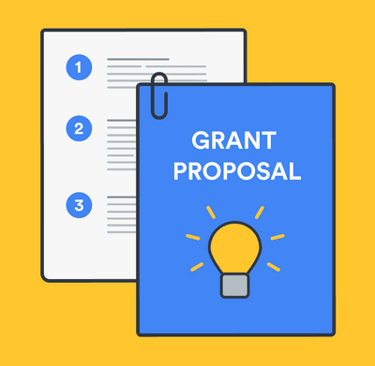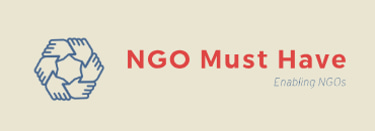Snapshot for a Successful Grant Proposal
Grant writing is all about storytelling and a bit of science.
You could write a compelling grant proposal with confidence and skill, knowing that
you have the tools and knowledge to secure the funding your organization needs.
Let’s explore how you can master the craft of grant writing and win those crucial grants.
Understanding the Basics
Before diving into advanced techniques, it’s essential to understand the fundamentals
of grant writing. This involves knowing the different types of grants available
(government, foundation, corporate, etc.), the typical components of a grant proposal
(executive summary, needs statement, project description, budget, etc.), and the
importance of aligning your proposal with the funder's priorities.
Research: The Foundation of Success
The cornerstone of successful grant writing is thorough research. You need to identify the right grants for your organization. This means finding funders whose interests align with your mission and who have a history of supporting similar projects. Tools like Foundation Directory Online, GrantStation, and even Google can be invaluable in this process.
Build a Compelling Narrative
One of the most powerful tools in your grant writing arsenal is storytelling. Funders want to know the impact their money will have. They want to hear about the people you’re helping and the difference you’re making. By weaving a compelling narrative into your proposal, you can make a strong emotional connection with the reader.
Consider including testimonials, case studies, and real-life examples to illustrate your points. Make your story relatable and engaging. This will not only capture the funder’s attention but also make your proposal stand out from the competition.
Craft a Clear and Concise Proposal
Clarity and conciseness are critical in grant writing. Funders often read through dozens, if not hundreds, of proposals. They don’t have time to sift through jargon. Make sure your proposal is straightforward and to the point. Use bullet points, subheadings, and short paragraphs to make it easy to read.
Each section of your proposal should serve a clear purpose. For example, the needs statement should compellingly demonstrate the problem you’re addressing, while the project description should outline your solution and why it’s effective.
Demonstrate Impact
Funders want to know that their investment will make a difference. This means providing clear, measurable goals and objectives in your proposal. Use data and statistics to back up your claims, and be specific about what you plan to achieve and how you will measure success.
Additionally, include a robust evaluation plan. Explain how you will track and report on your progress. This shows funders that you’re serious about accountability and results.
Budget Wisely
Your budget is a crucial part of your grant proposal. It should be realistic, detailed, and aligned with your project description. Break down your costs clearly, and justify each expense. Be sure to include both direct and indirect costs, and explain any in-kind contributions or matching funds.
Build Relationships with Funders
Remember that grant writing is not just about submitting proposals; it’s also about building relationships. Engage with funders before and after you submit your proposal. Attend their events, participate in their webinars, and follow them on social media. This can give you valuable insights into their priorities and increase your chances of success.
Conclusion
Writing winning grants is a skill that can be developed with the right knowledge and practice. By understanding the basics, conducting thorough research, crafting compelling narratives, and demonstrating impact, you can increase your chances of securing the funding your nonprofit needs.
Unlock Your Grant Success!


